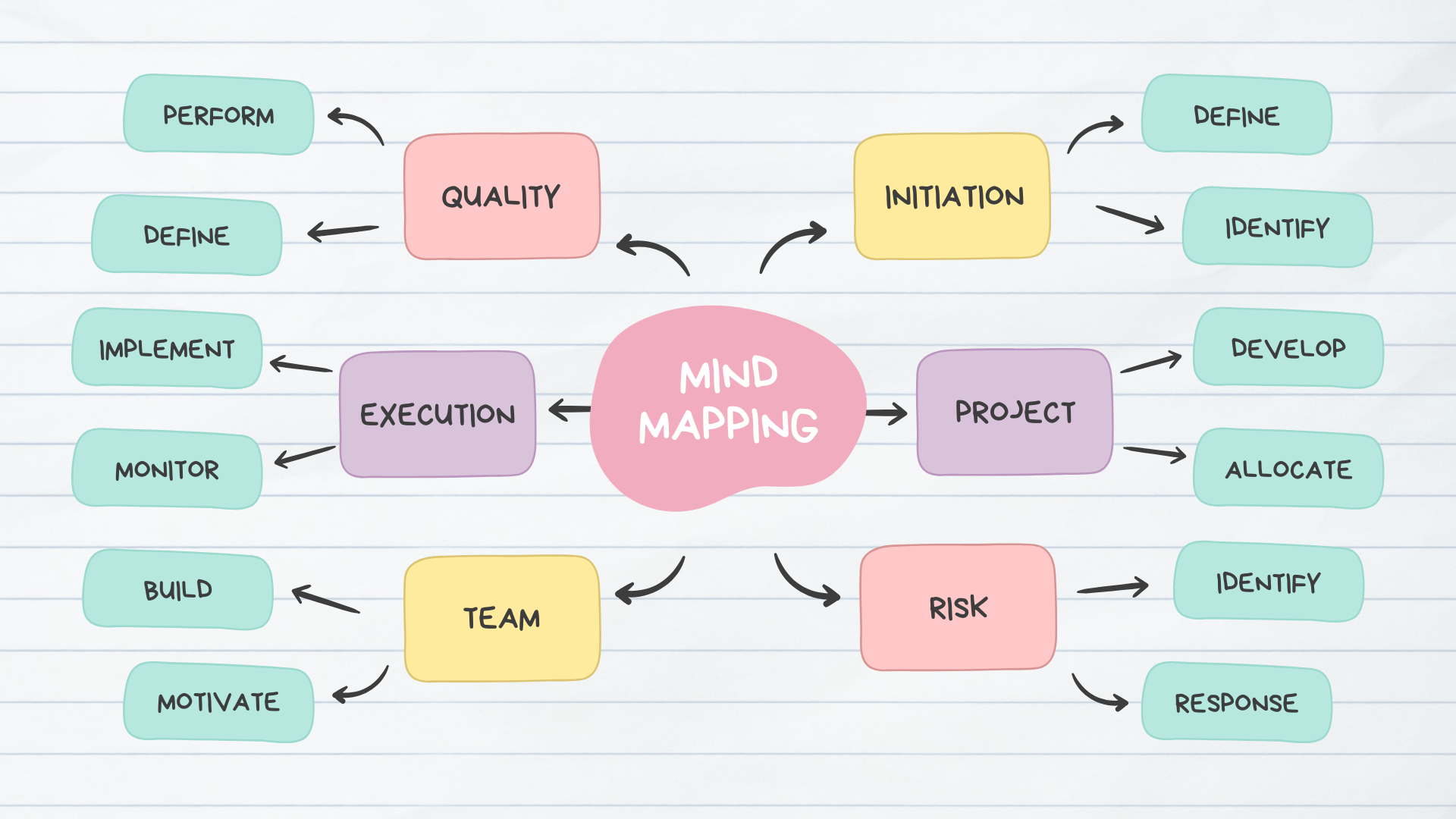Table of Contents
ToggleHey there! Welcome back to Tool Thinker — the channel where we break down big ideas and give you practical tools to think sharper, speak smarter, and work better.
So today, let’s talk about something we all struggle with at some point:
How to articulate your thoughts clearly.
Ever had a moment where your brain is racing with ideas… but when you open your mouth, it all comes out messy?
Yeah — we’ve all been there.
The good news? Clear articulation is a skill — and like any skill, you can get really good at it with the right tools and practice.
Let’s dive in.
🧠 Why It’s So Important to Be Clear
Here’s the truth:
You can have the best ideas in the world.
But if you can’t express them clearly, they won’t go very far.
Whether you’re pitching an idea at work, having a tough conversation, or just trying to explain something to a friend — your ability to communicate clearly affects how people see you, and how much they trust what you say.
So let’s look at some simple frameworks and tips to help you get those thoughts out of your head — and into the world — with clarity and confidence.
🛠️ Tip #1: Think Before You Speak
I know, this sounds like common sense. But seriously — a lot of people skip this step.
Before you say anything, take a second to ask yourself:
What am I actually trying to say?
Why does this matter right now?
What do I want the other person to do or understand?
Even a 3-second pause to collect your thoughts can make a huge difference.
It stops you from rambling and helps you start strong.
🧱 Tip #2: Try the “Point, Proof, Purpose” Trick
Here’s a simple little structure I use all the time:
Point – Start with your main idea.
“I think we need to change our marketing approach.”
Proof – Give one quick reason or example.
“Our engagement dropped 20% last month, even though we spent more.”
Purpose – Connect it to the bigger picture.
“So shifting to more organic content might help us build real trust.”
This 3-part structure is so effective.
It helps people follow your thinking — and it makes you sound sharp and intentional.
🧭 Tip #3: Map It Out Mentally
If your thoughts feel all over the place, that’s okay.
Try mentally sketching it out:
What’s the starting point of this idea?
What are the key parts I want to touch on?
Where do I want to end up?
You can do this in your head — or even better, jot it down quickly.
A messy little mind map or bullet list can help a lot before a big conversation or presentation.
💬 Tip #4: Speak in Short, Clear Sentences
One big thing that gets in the way of clarity?
Trying to say too much at once.
Long sentences, filler words, run-on ideas — they make it harder for people to follow you.
So instead:
Keep your sentences short and to the point.
Take a pause between ideas — let them breathe.
Drop the “um’s,” “like’s,” and “basically’s” when you can.
The more space you give your thoughts, the clearer they’ll sound.
🎯 Tip #5: Always Know Who You’re Talking To
This one’s huge.
If you want to articulate clearly, you have to speak in a way that makes sense to the listener.
Ask yourself:
Who am I talking to?
What do they care about?
How much do they already know?
You don’t want to oversimplify or overcomplicate.
Adjust your words so they actually land with that person in that moment.
Clear communication is always audience-focused.
🗣️ Tip #6: Practice Out Loud
If you want to sound more natural and clear — talk more. Out loud.
Seriously.
Here are 3 things that work wonders:
Voice journaling — just talk through your thoughts for 5 minutes a day
Watch yourself on video — notice what works and what doesn’t
Ask for feedback — from someone who’ll give it to you straight
It’s like going to the gym for your voice. The more you practice, the stronger and smoother your articulation becomes.
✍️ Bonus: Write It First
If you’re preparing for something important — like a meeting, a pitch, or a tough convo — take a minute to write your thoughts down.
Even just a few bullet points can bring clarity to your message.
When you write it, you own it.
🧠 Tool Thinker Takeaway
Here’s what I want you to remember:
Clear articulation doesn’t mean using fancy words or sounding ultra-polished.
It means getting to the point, speaking with purpose, and making it easy for people to understand what you’re saying.
So next time you catch yourself rambling or hesitating, pause — breathe — and remember:
What’s my main point?
How can I keep it simple?
And who am I really talking to?
Your ideas are valuable. Let’s make sure they’re heard — and understood.
🎥 If this video helped you, go ahead and like, subscribe, and tap that little bell 🔔 so you don’t miss more tools from Tool Thinker.
And let me know in the comments:
💬 What’s one situation where you wish you had spoken more clearly?
Also, if you’re looking for more frameworks to sharpen your thinking and communication, head over to ToolThinker.com — your hub for smart tools that make ideas clearer.
Thanks for reading — and as always, keep thinking smart.



